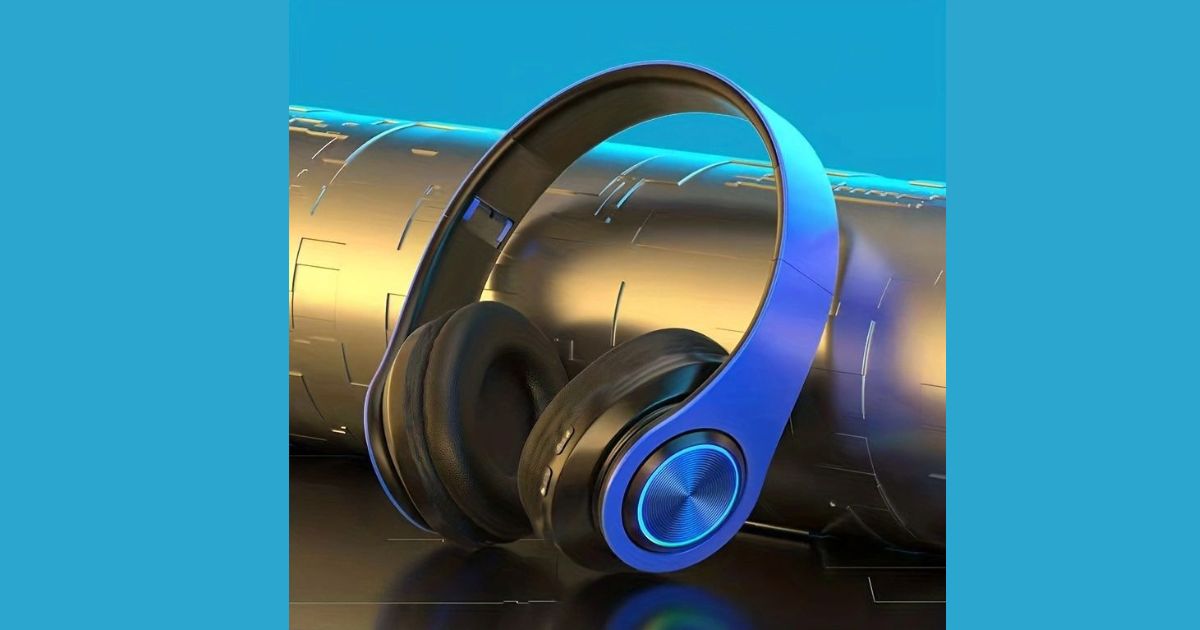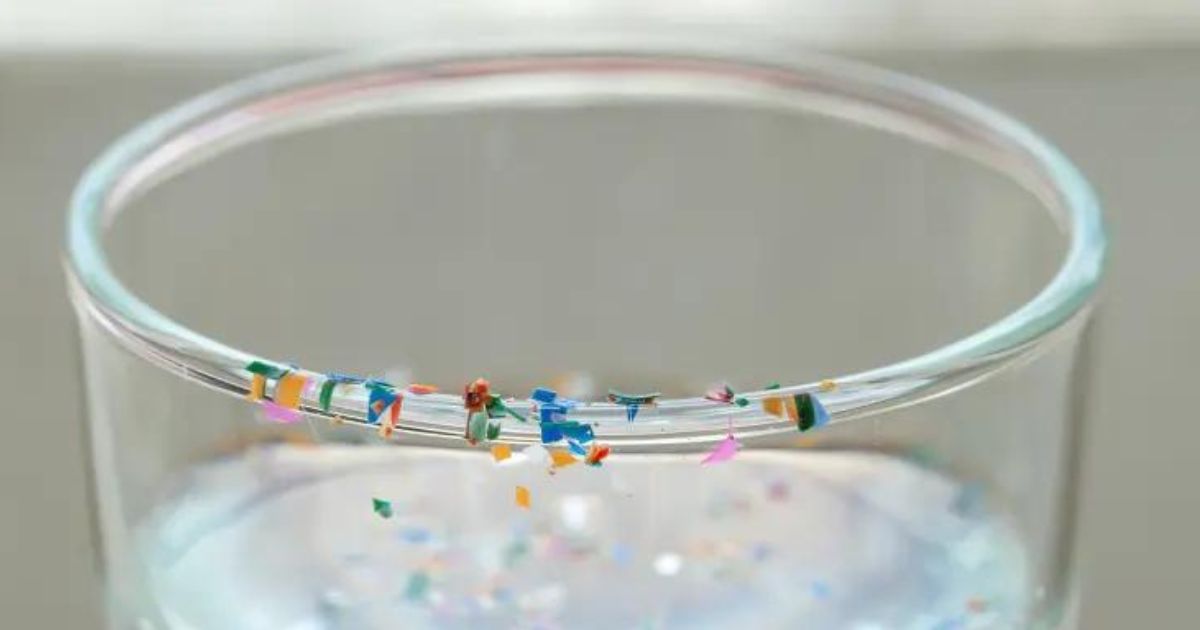In a world where the pursuit of well-being intersects with technology, the latest trend claims to offer relief from seasonal affective disorder (SAD) through light emitting headphones. However, experts caution against the efficacy of these gadgets, emphasizing the lack of solid evidence supporting their therapeutic benefits.
As the darker months often trigger feelings of sadness, sunlight exposure has been a well-known remedy for combating seasonal depression. For those unable to access sufficient sunlight, light therapy boxes have emerged as a popular alternative.
However, a new player in the market involves earbuds that act as miniature flashlights, purportedly directing light into the ear canals to impact the brain positively. The question on everyone’s mind: Are these devices legitimate?
Light Emitting Headphones For SAD
A recent TikTok video by skincare influencer @emmahoareau1 showcased her review of LED headphones, claiming they were “absolutely life-changing” for individuals experiencing seasonal affective disorder. The video gained traction, sparking a debate about whether the emitted light can genuinely reach the brain and, if so, whether it has any meaningful impact.
The surprising answer to the first question is yes. Decades of scientific study, dating back to a 1963 experiment, have shown that light can penetrate brain tissues. Researchers used a light detector, akin to a mini solar panel, attached to a needle inserted into the brains of various animals, both living and deceased. The results indicated that light can easily reach the brain, particularly through the temples where the bone is thinner.
Additionally, the presence of light-detecting proteins in different body parts, including the brain, has been documented. While these proteins play a role in helping birds discern seasons, their significance in humans, especially in the context of seasonal mood disorders, remains unclear.
In 2016, researchers provided further evidence that light in the ear canals can have a detectable impact on the brain. However, the question of whether this effect is beneficial or merely detectable remains unanswered.
Despite the acknowledgment that light can reach the brain, the leap from this scientific fact to the claim that these headphones can cure seasonal affective disorder presents a considerable gap. The prominent light therapy headset featured in the TikTok video is manufactured by Valkee, with their current product, the HumanCharger, priced at $200.
Valkee commissioned multiple studies on their product, and although they heavily relied on these studies in their early marketing efforts, scrutiny revealed significant shortcomings.
A 2012 television program in Finland exposed conflicts of interest, inadequate placebos, and a lack of peer-reviewed publications in Valkee’s studies. While their website previously made bold claims about treating conditions like migraines and jet lag, the current iteration avoids such assertions.
Subsequent research has failed to provide more promising results. A 2014 study, authored by Valkee employees and shareholders, lacked a control group and did not support the claim that the device decreased depression scores. Another study on circadian rhythm found no significant difference between individuals using the Valkee device and a sham version.
In light of these findings, experts emphasize the lack of robust evidence supporting the efficacy of light-up earbuds in alleviating seasonal affective disorder. While emotional-support placebos may bring relief to some, consumers are advised to exercise caution and save their money, considering the questionable nature of these devices.
As the debate continues, the scientific community remains skeptical about the transformative potential of light-emitting headphones in addressing the complexities of seasonal depression.








Leave a Reply
You must be logged in to post a comment.